BCHET-147 ORGANOMETALLICS, BIOINORGANIC CHEMISTRY, POLYNUCLEAR HYDROCARBONS AND UV, IR SPECTROSCOPY in English Solved Assignment 2022
₹40.00Current price is: ₹40.00. Original price was: ₹50.00.
BCHET-147 ORGANOMETALLICS, BIOINORGANIC CHEMISTRY, POLYNUCLEAR HYDROCARBONS AND UV, IR SPECTROSCOPY
ASSIGNMENT
ORGANOMETALLICS, BIOINORGANIC CHEMISTRY, POLYNUCLEAR
HYDROCARBONS AND UV, IR SPECTROSCOPY
Course Code: BCHCET-147
Assignment Code: BCHET-147/TMA/2022
Maximum Marks: 100
Add to cart
Buy Now
BCHET-147 ORGANOMETALLICS, BIOINORGANIC CHEMISTRY, POLYNUCLEAR HYDROCARBONS AND UV, IR SPECTROSCOPY
Solved Assignment 2022
ASSIGNMENT
ORGANOMETALLICS, BIOINORGANIC CHEMISTRY, POLYNUCLEAR
HYDROCARBONS AND UV, IR SPECTROSCOPY
Course Code: BCHCET-147
Assignment Code: BCHET-147/TMA/2022
Maximum Marks: 100
| Title Name | BCHET-147 Solved Assignment 2022 |
| University | IGNOU |
| Service Type | Solved Assignment (Soft copy/PDF) |
| Course | BSCG |
| Language | ENGLISH |
| Semester | 2022 Course: B.SC(G) CBCS |
| Session | Valid from 1st January, 2022 to 31st December 2022 |
| Short Name | BCHET-147 |
| Assignment Code | BCHET-147/TMA/2022 |
| Product | Assignment of BSCG 2022 (IGNOU) |
| Submission Date | Valid from 1st January, 2022 to 31st December, 2022 |
| Price | RS. 50 |
PART A: ORGANOMETALLICS, BIOINORGANIC CHEMISTRY
1 Give the difference between organometallic and coordination compounds. (5)
2 Give the structure of dimeric trialkylaluminium. (5)
3 What is meant by hapticity regarding organometallic compounds? (5)
4 Explain the structure of Mn2(CO)10 based on valence bond approach. (5)
5 Calculate the total number of electrons for the compound Co2(CO)8. (5)
6 With suitable diagrams explain the polarity of the free CO molecule as well as when
it binds with a transition metal cation.
(5)
7 Arrange the following in decreasing order of C-O bond lengths giving justifications:
Ni(CO)4, [Co(CO)4]
–
, [Fe(CO)4]
2-
.
(5)
8 Give a short account of the essential elements occurring in biological systems. (5)
9 What is the role of magnesium ions in chlorophyll? Discuss. (5)
10 Describe the structure of hemoglobin along with a suitable diagram. (5)
PART B: POLYNUCLEAR HYDROCARBONS AND UV, IR SPECTROSCOPY
11 What are active methylene compounds? Give their two examples. Why are they
named so?
(5)
12 a) Give the reaction for following conversions :
i) Furfural to furan
ii) Pyridine to 2-hydroxypyridine
iii) Thiophene to 2,5-dihydrothiophene
(2)
b) Give various resonance structures of carbocation formed during electrophilic substitution
of furan.
(3)
13 a) Why the 1st position of naphthalene is more reactive than 2nd position? Explain
giving mechanism.
(3)
b) What are different classes of polynuclear hydrocarbons? Explain each of them
with suitable examples.
(2)
14 a) Compare the basicities of pyrrole and pyridine. (2)
b) Give mechanism of Friedel Crafts acylation of anthracene. (3)
15 With the help of a suitable diagram explain the order of molecular orbital energies
observed in small organic molecules.
(5)
16 a) Explain blue shift. (3)
b) Predict the shift in absorption intensity observed in chloroethylene.
CH2=CHCl
(2)
17 Give the transitions that are observed in the electronic spectra of the acetylenic and (5)
4
the benzenoid chromophore.
18 Explain the solvent effect on electronic spectra for n * transitions. In which
solvents are they particularly seen?
(5)
19 Give the normal modes of vibrations of a triatomic linear and triatomic angular molecule with
suitable diagrams.
(5)
20 Explain the main bands appearing in the IR spectra of alkanes and alkenes. What are
the differences in the IR spectra of these two classes of compounds?
BCHET-147, BCHET 147, BCHET147







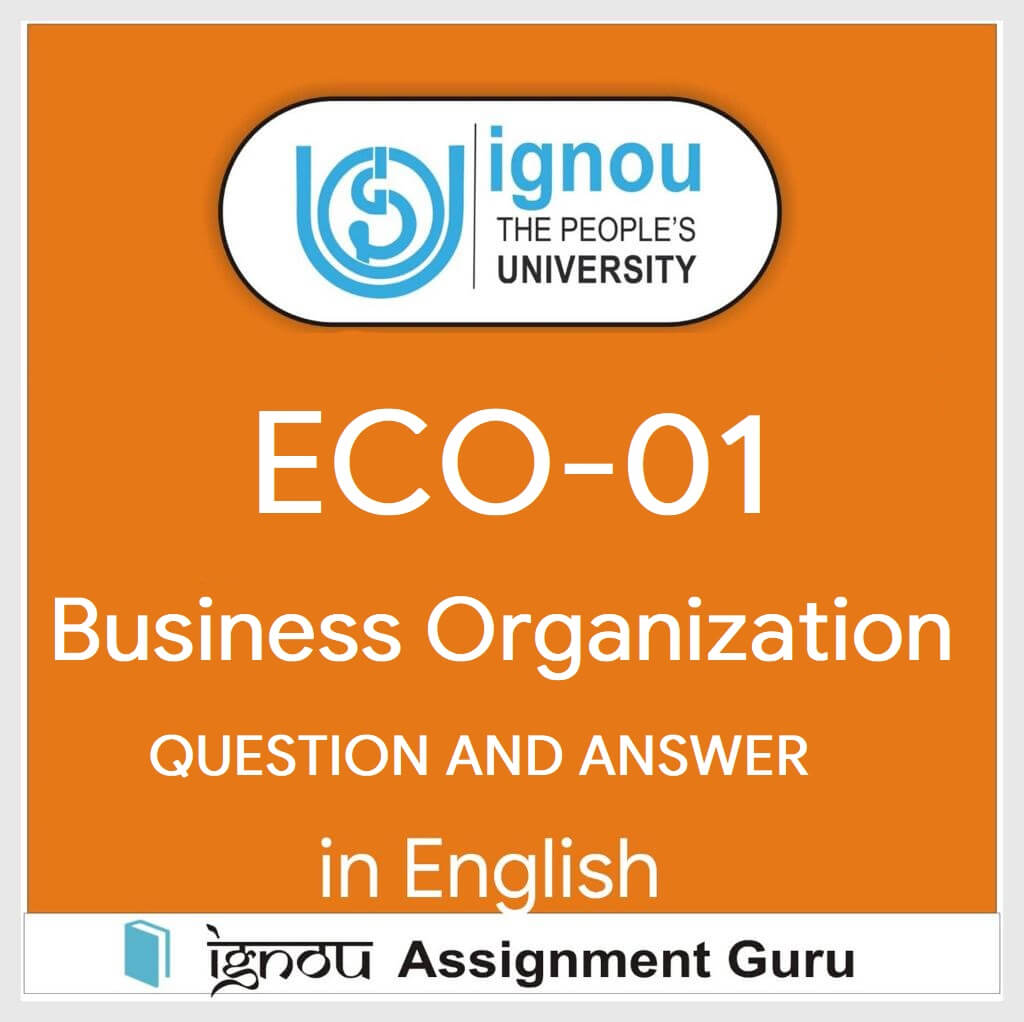
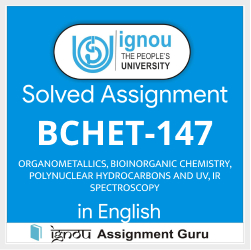
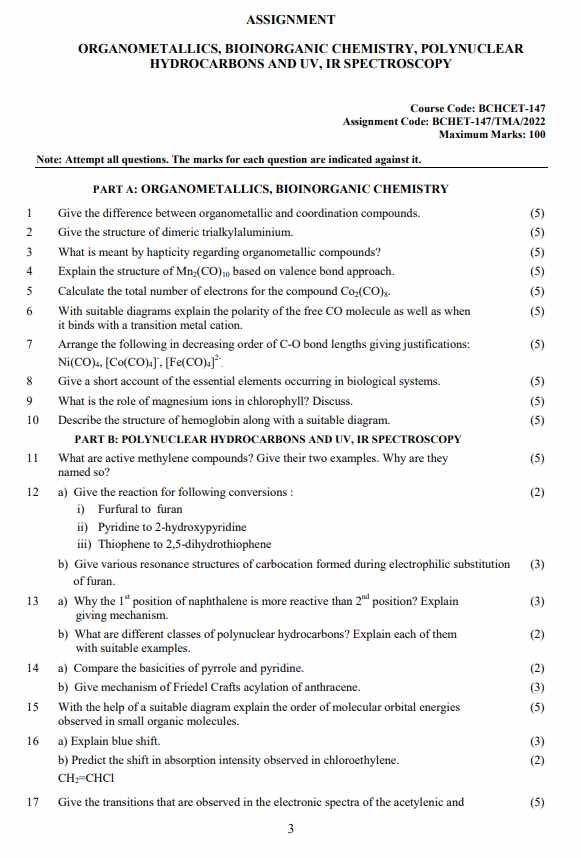
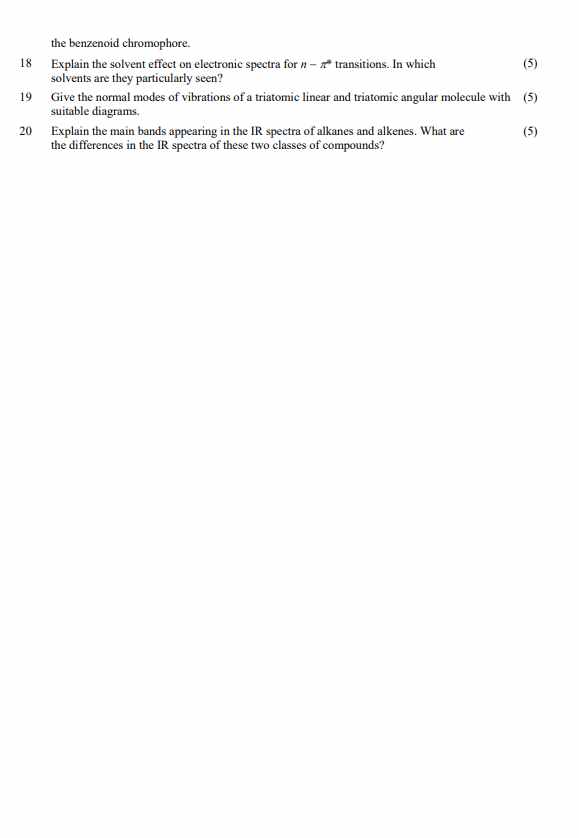


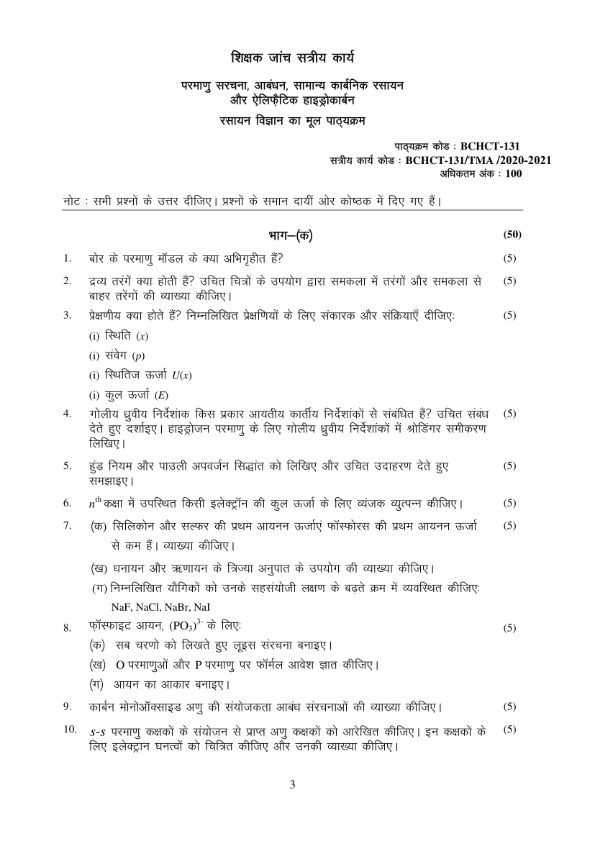
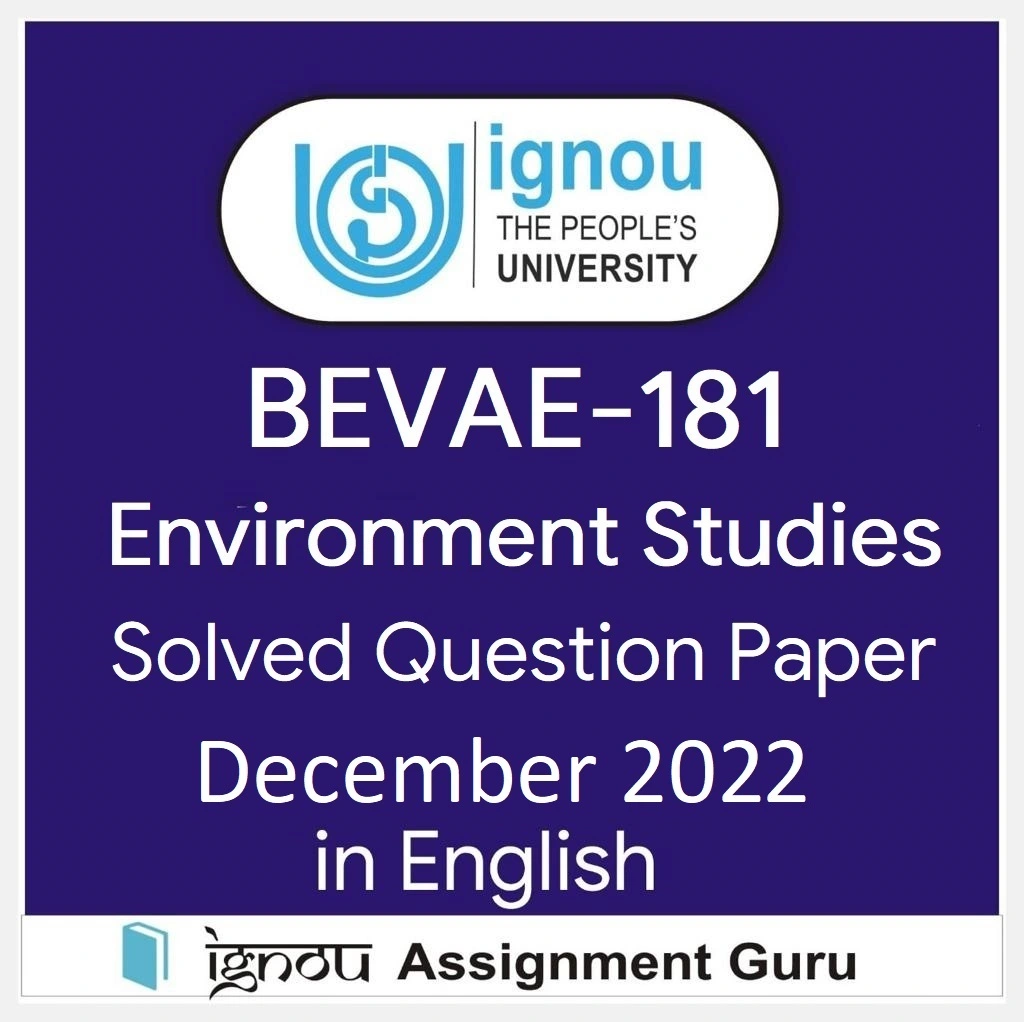
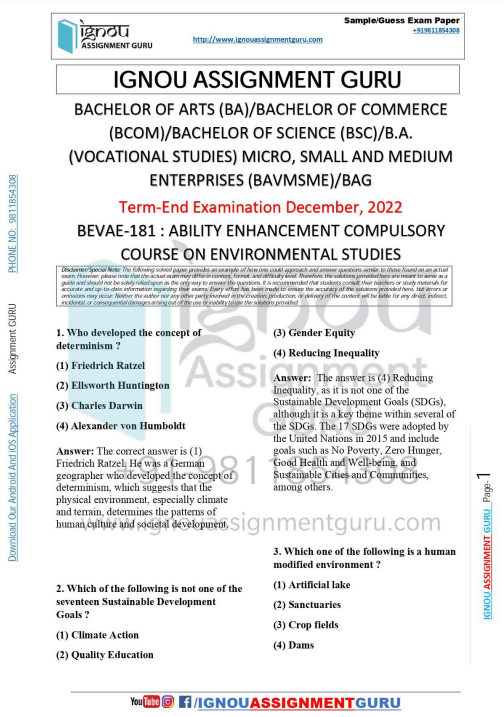
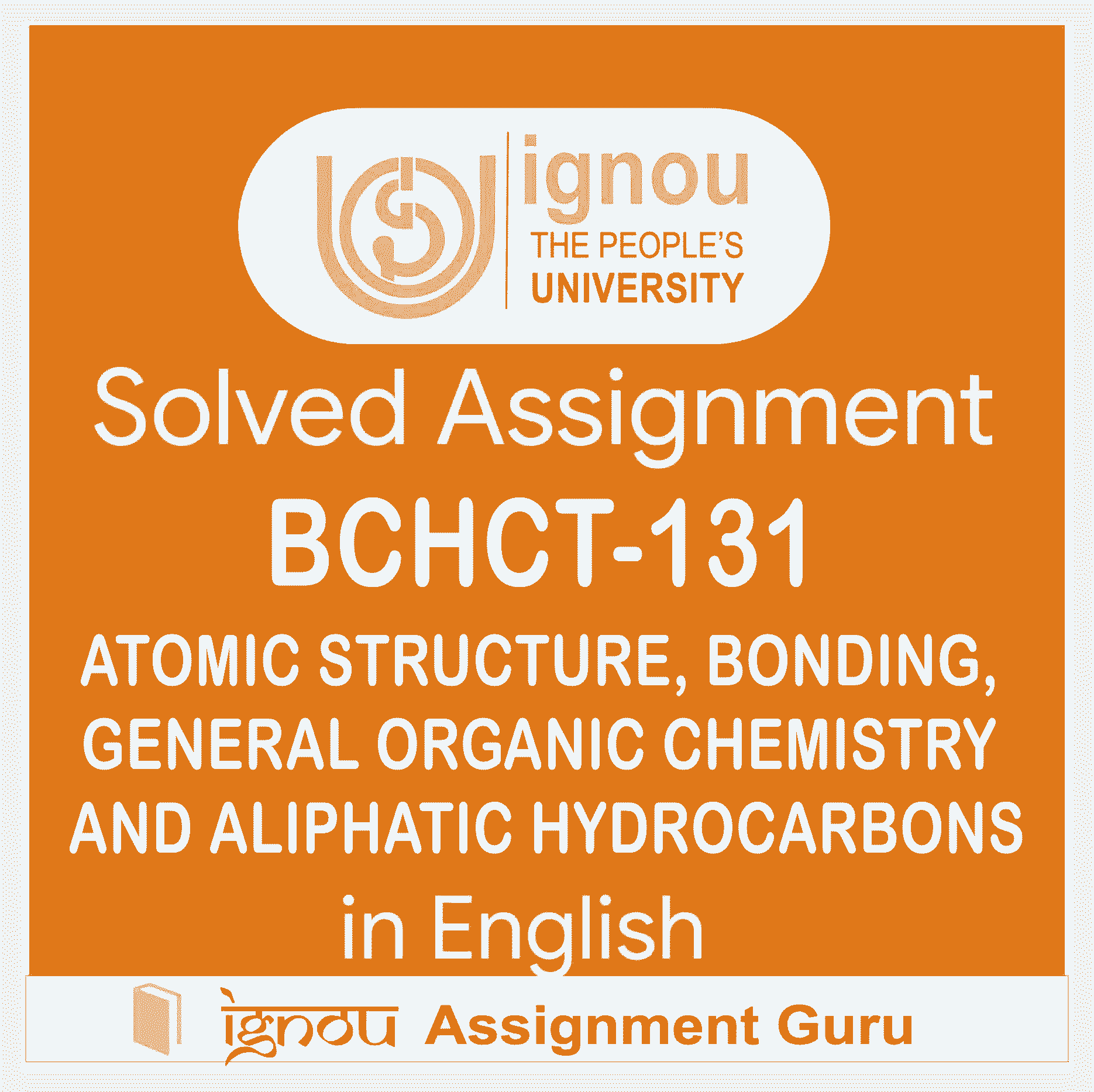
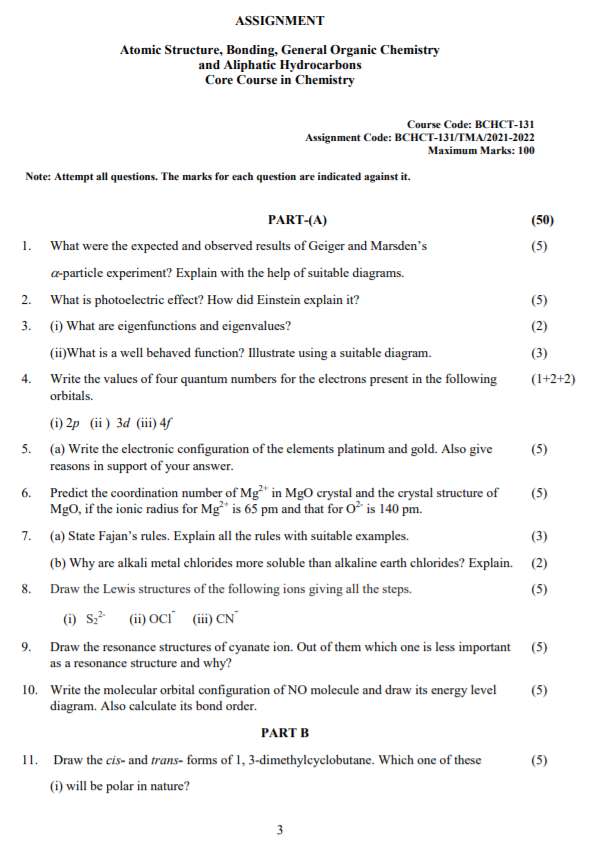

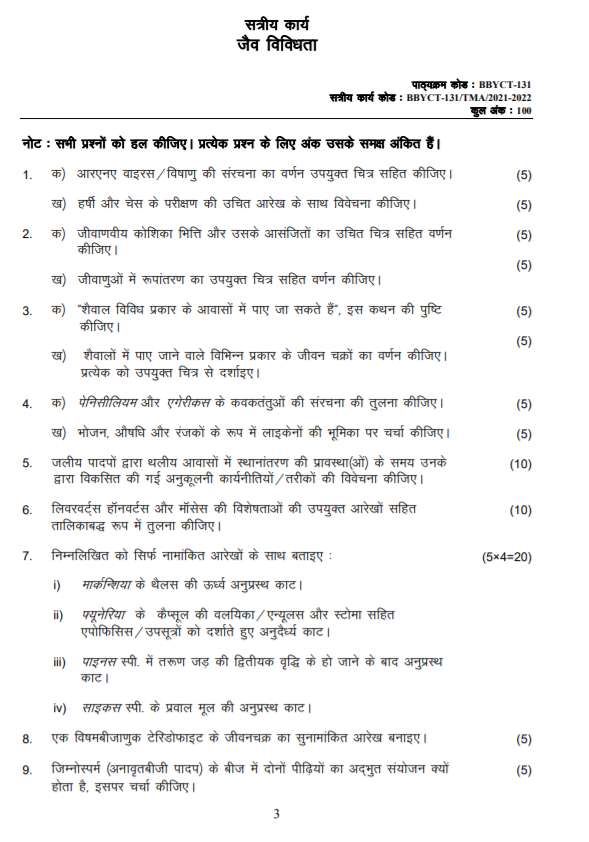
Reviews
There are no reviews yet.